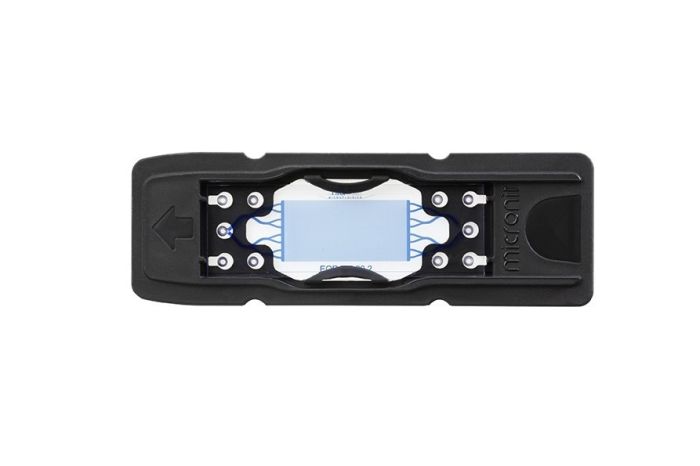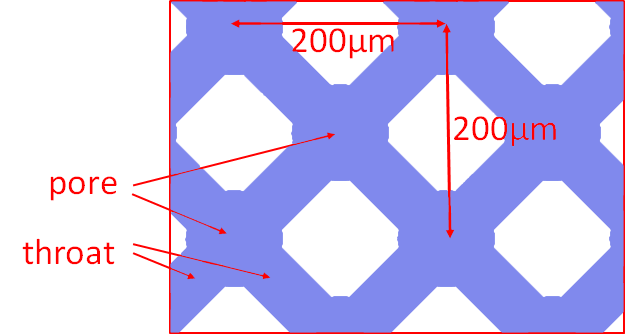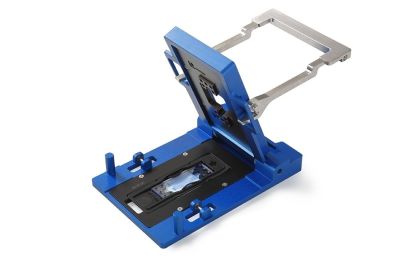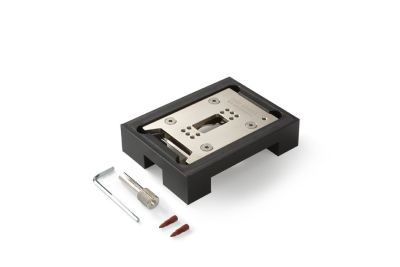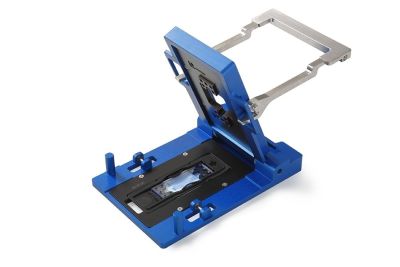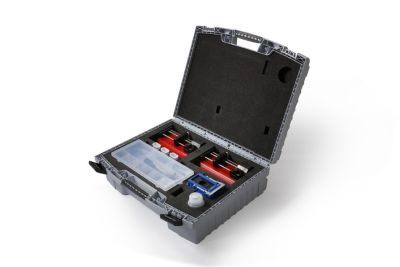shopping_basket
Enhanced Oil Recovery (EOR) Chip - Uniform network - Hydrophobic Coated
SKU
11002198
Availability:
check_circle In stock
$904.85
per pack of 3
Pack of 3 coated Enhanced oil recovery (EOR) chips with a uniform rock network structure.
The uniform network structure has the following properties:
| Dimensions throat | |
| Channel width | 50µm |
| Channel depth | 20µm |
| Dimensions pore | |
| Pore diameter | 90µm |
| Pore depth | 20µm |
| Unit of measurement | pack of 3 |
|---|---|
| Alternative item references | 02198, EOR.UN.20.2 |
| Application | Enhanced Oil Recovery |
| Interface type | Topconnect |
| Chip material | Borosilicate glass |
| EOR network type | Uniform |
| Coating | Hydrophobic coating |
| Icon | Label | Description | Type | Size | Download |
|---|---|---|---|---|---|
 | EOR.UN.20.2 - Drawing | Drawing for the EOR porous medium chip with Uniform Pore Network. Items 02978 and 02198 | 378.2 KB | Download |
Customer Questions
We found other products you might like!
- Enhanced oil recovery (EOR) setup - low pressure (no pumps included)
From $2,081.50
To $10,256.87
- Enhanced oil recovery (EOR) setup - high pressure (no pumps included)
From $2,398.60
To $10,168.54
- Basic microfluidic setup - topconnect (no pumps included)
From $2,081.50
To $25,420.81
- EOR starter kit low pressure - topconnect (incl. syringe pumps)
From $4,755.30
To $8,499.27

